ronan point, 2023


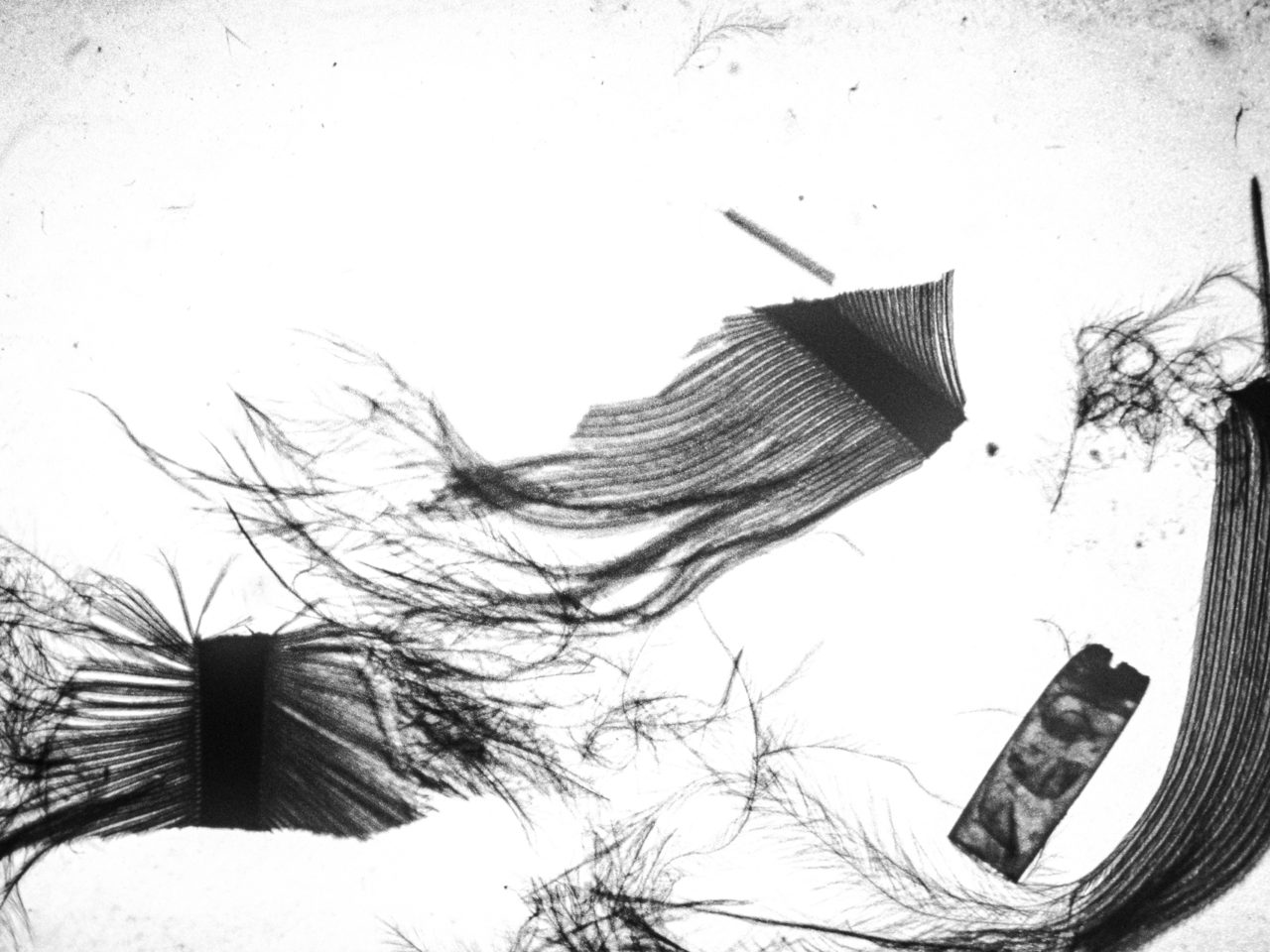













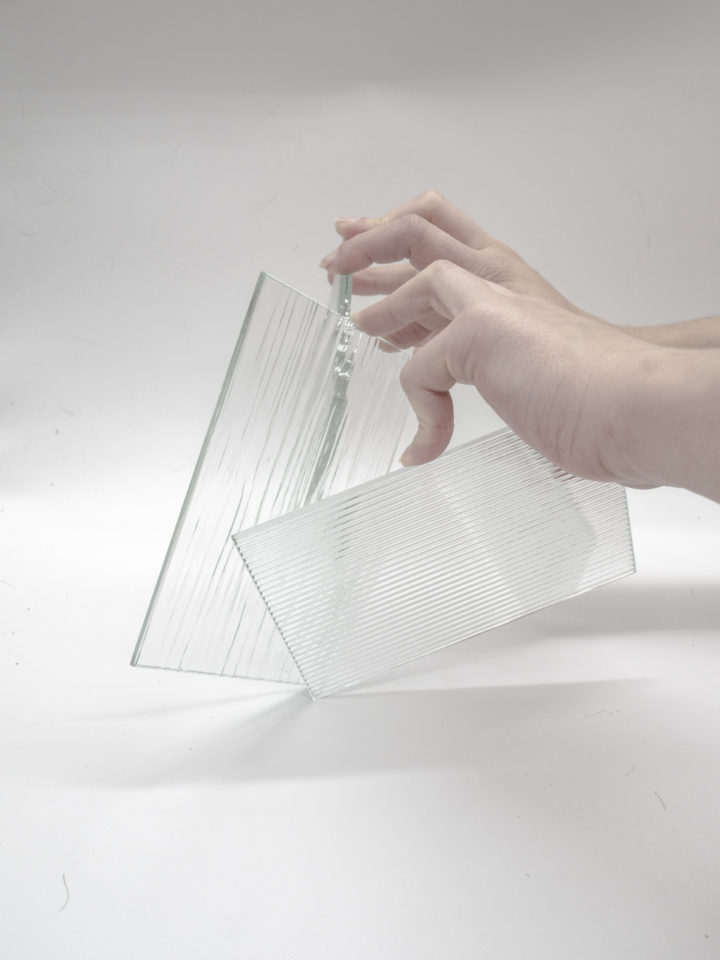
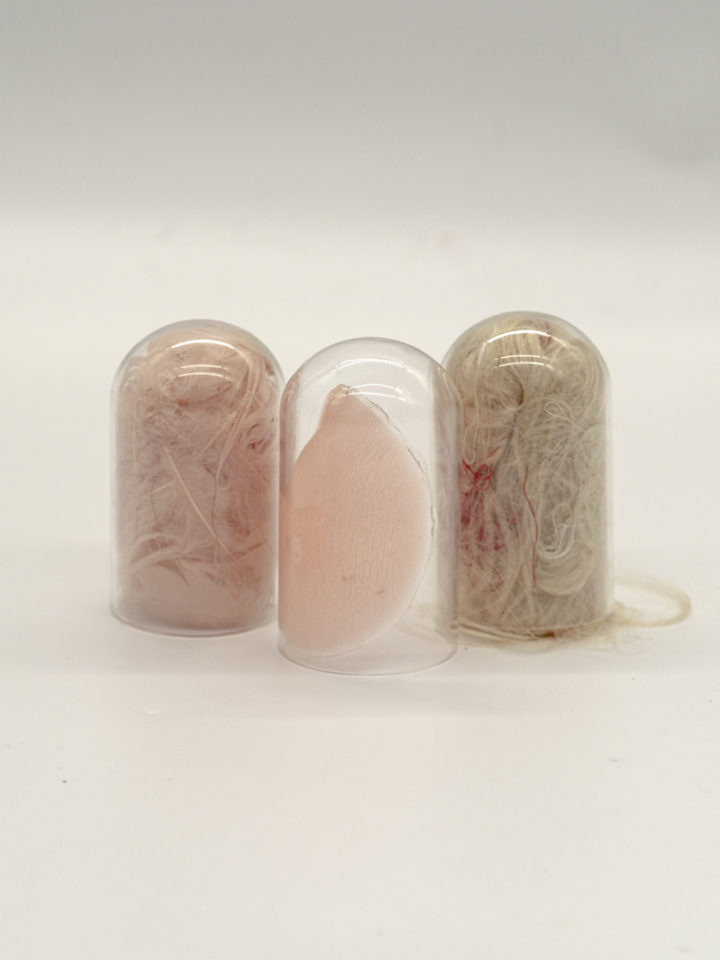


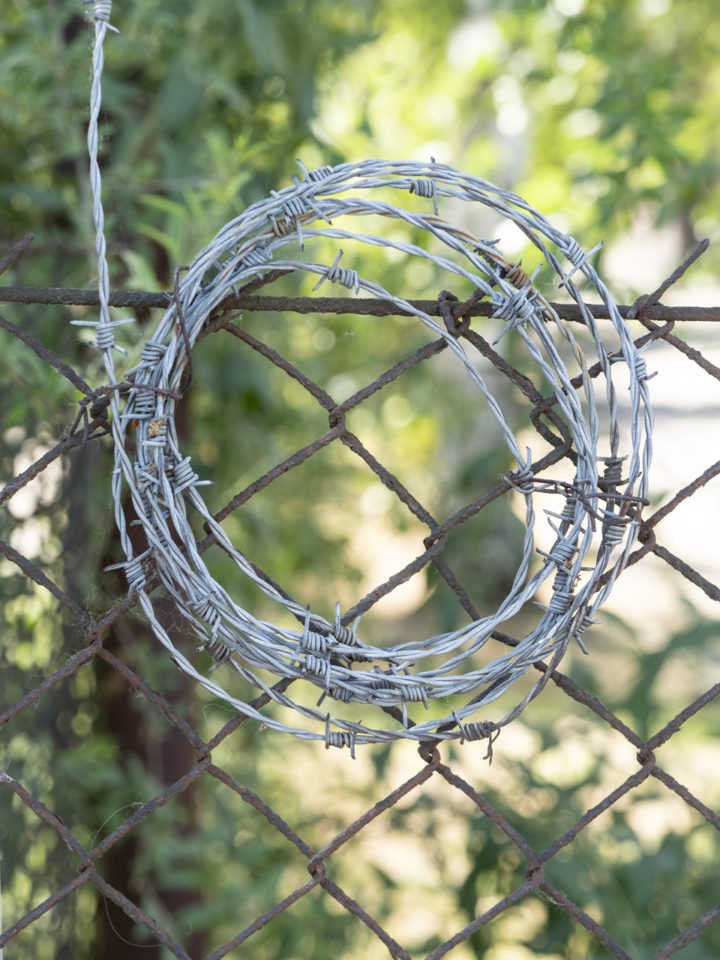
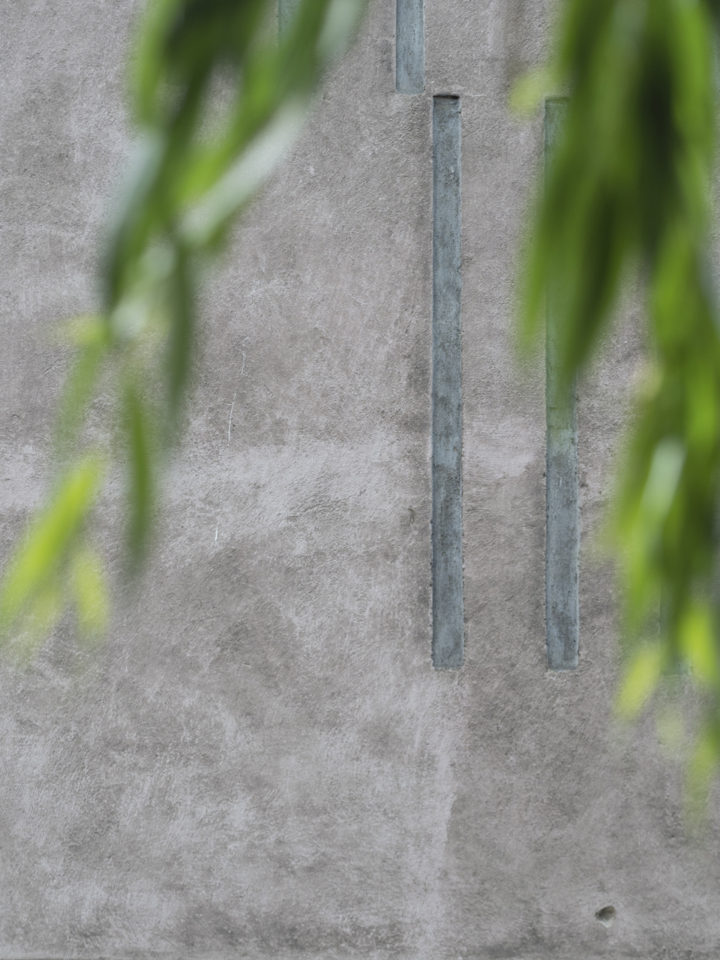
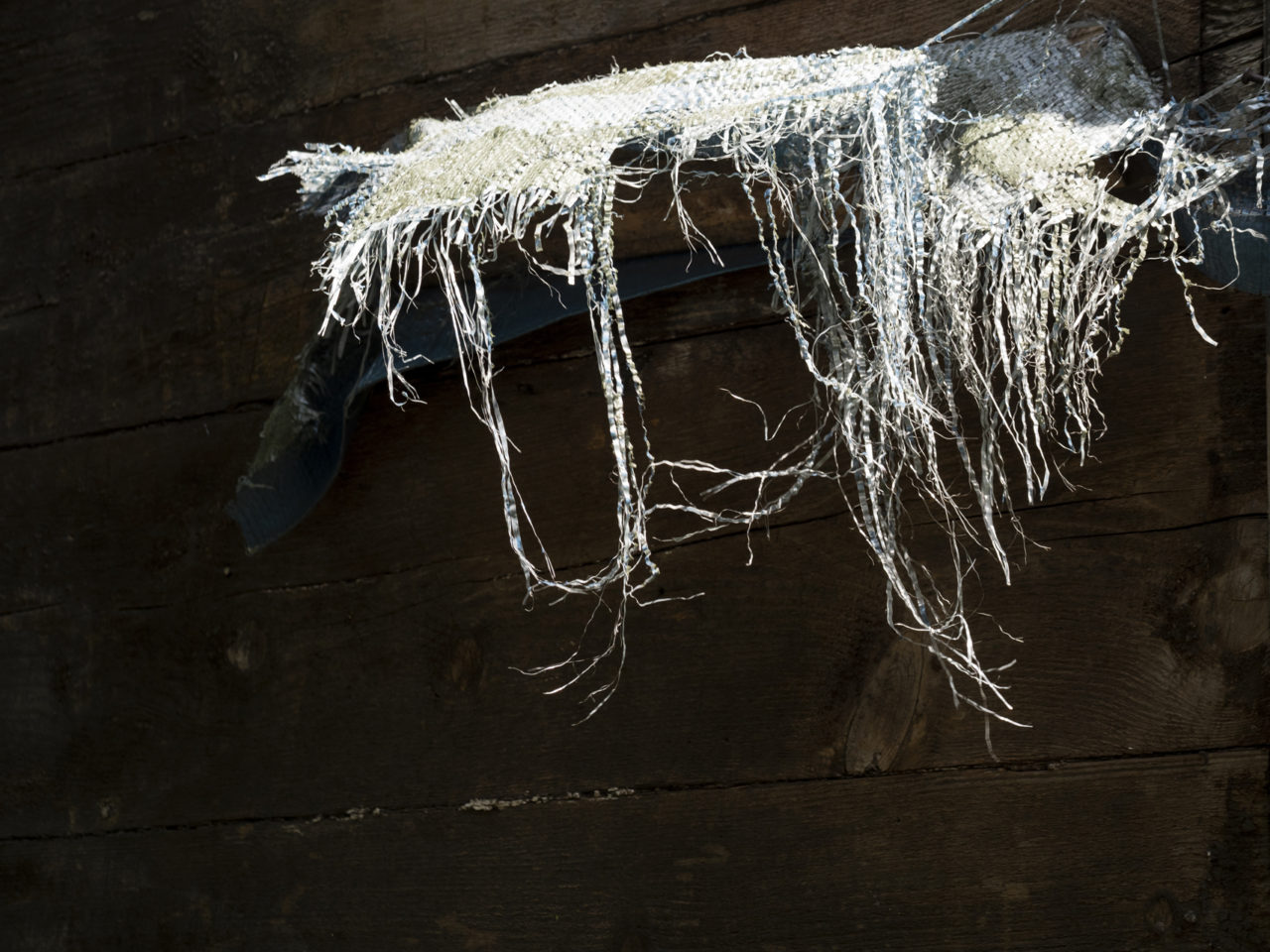











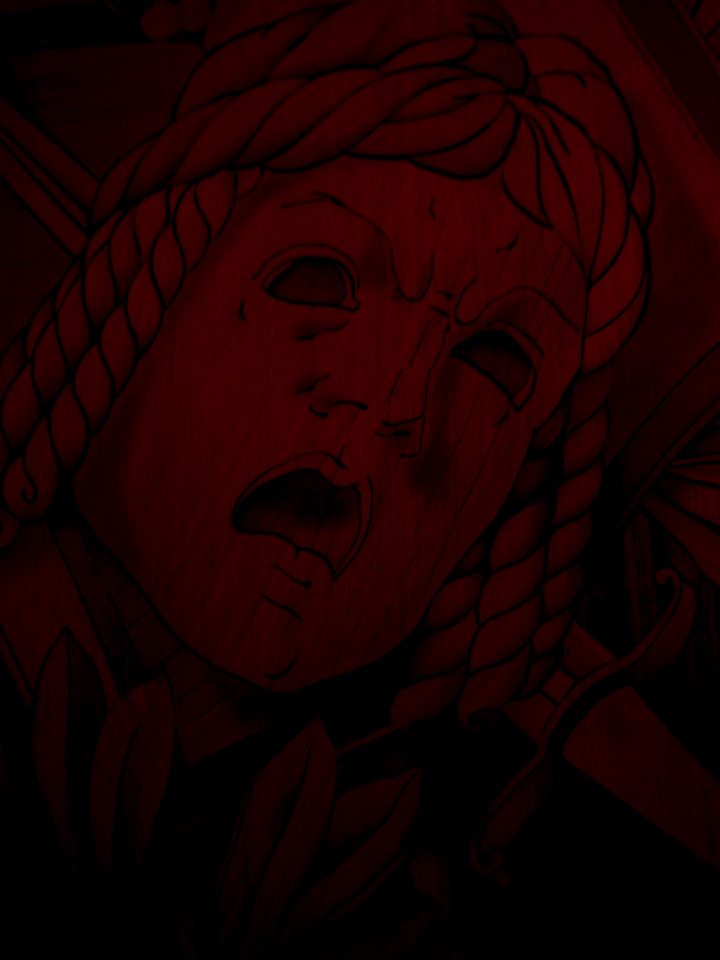
Ronan Point was a 22-storey tower block in East London that partly collapsed on 16 May 1968, only two months after it had opened. A gas explosion blew out some load-bearing walls, causing the collapse of one entire corner of the building; It experienced progressive collapse; a small gas explosion caused one side of the building to fall down like a pack of cards. This story and archive images from the site were the start of this project.
In this project we would like to investigate the internal reasons of collapse. we search for the internalized structural failures that lead to the malfunctioning of the whole system, and in effect to the catastrophe. We were also interested in the fragile balance of elements, of the moment just between the crush, the critical point for the substances. This project is the result of ongoing collaboration with a performative artist, whose body, one day, just refused to perform anymore. While working, we also looked at the concept of fascia, as one of the reasons for immobility.
The deep fascia is a dense, organized, connective tissue located deep to the skin and subcutaneous tissue. It surrounds muscles, viscera and related structures. The main function of the fasciae is to protect and support deep structures and organs of the body. In addition, fasciae reduce friction between muscles, transmit movement from muscle to bones and sometimes serve as the attachment point for skeletal muscles.
Fascia may appear passive structurally but are, in fact, active. In a healthy state, fascia is a relaxed and wavy connective tissue that can lose its malleability when damaged via local trauma or inflammation. This can then cause fascial layers to tighten and restrict the movement of underlying tissues leading to pain, hindered range of motion, or decreased blood flow.
Analogue dioramas of the phases of breaking the structure, structures from real world, nets protecting from the pest infection and traditional studio work, form this project, that is yet to be concluded.
Co-author: Iga Szczepańska
